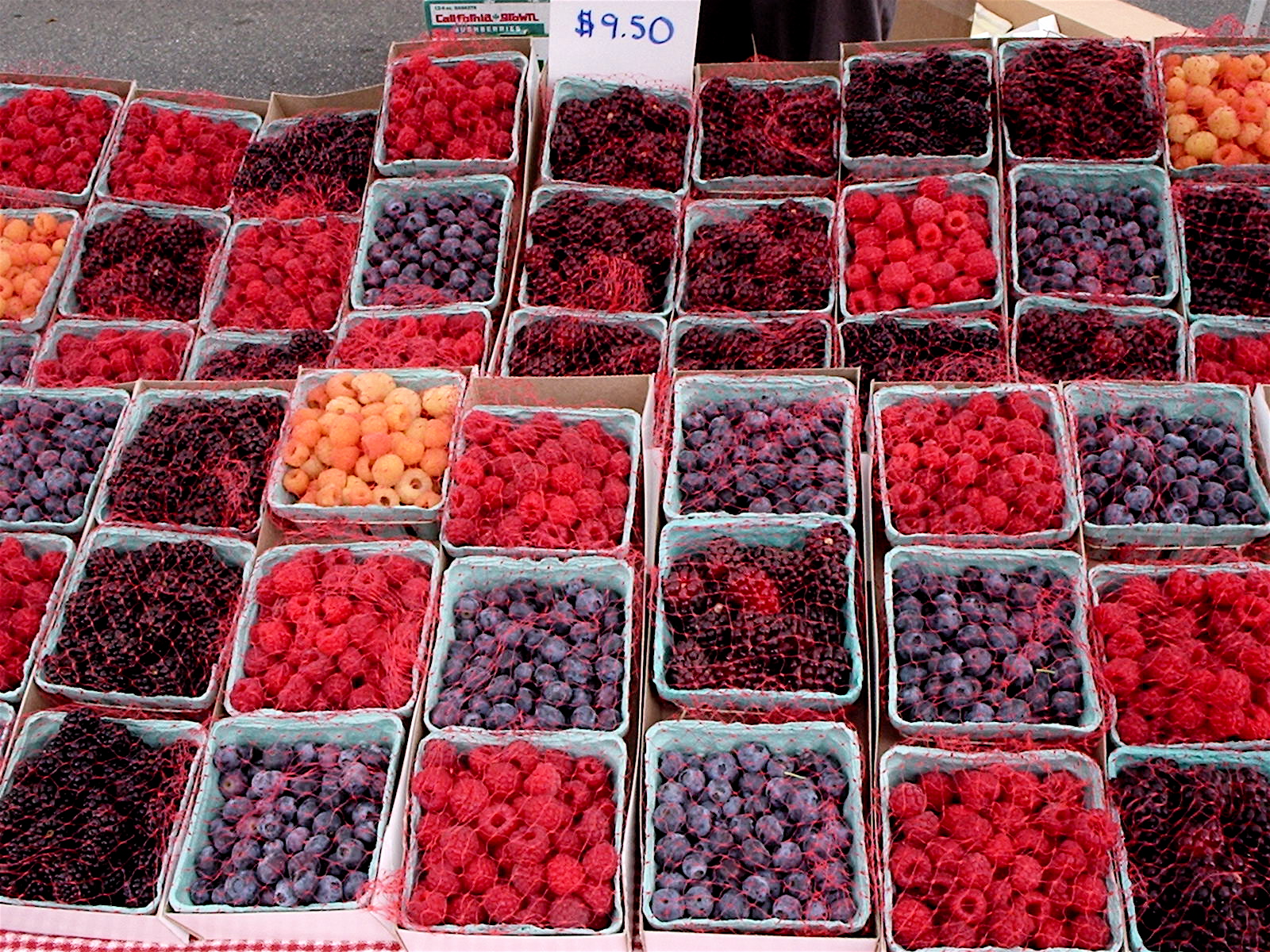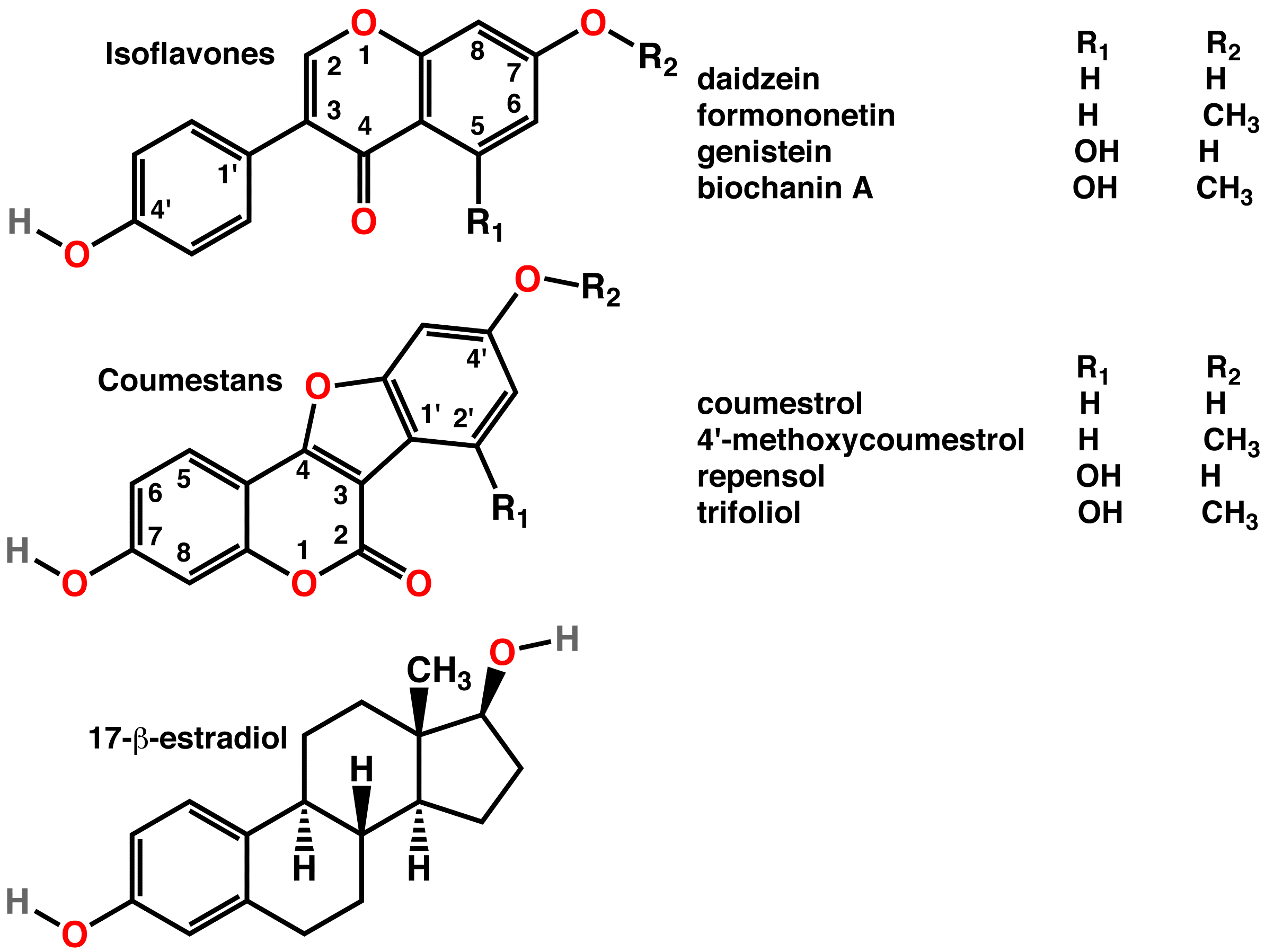|
Phytoprogestogen
Phytoprogestogens, also known as phytoprogestins, are phytochemicals (that is, naturally occurring, plant-derived chemicals) with progestogenic effects. Relative to their phytoestrogen counterparts, phytoprogestogens are rare. However, a number have been identified, including kaempferol, diosgenin (found in yam), apigenin (found in chasteberry), naringenin, and syringic acid Syringic acid is a naturally occurring phenolic compound and dimethoxybenzene that is commonly found as a plant metabolite. Natural occurrence Syringic acid can be found in several plants including '' Ardisia elliptica'' and ''Schumannianthus ..., among others. In addition, 3,8-dihydrodiligustilide from '' Ligusticum chuanxiong'' is a potent progestogen ( EC50 = 90 nM), whereas riligustilide is a weak progestogen (EC50 ≈ 81 μM). References Progestogens {{pharmacology-stub ... [...More Info...] [...Related Items...] OR: [Wikipedia] [Google] [Baidu] |
Phytochemical
Phytochemicals are naturally-occurring chemicals present in or extracted from plants. Some phytochemicals are nutrients for the plant, while others are metabolites produced to enhance plant survivability and reproduction. The fields of extracting phytochemicals for manufactured products or applying scientific methods to study phytochemical properties are called ''phytochemistry''. An individual who uses phytochemicals in food chemistry manufacturing or research is a ''phytochemist''. Phytochemicals without a nutrient definition have no confirmed biological activities or proven health benefits when consumed in plant foods. Once phytochemicals in a food enter the digestion process, the fate of individual phytochemicals in the body is unknown due to extensive metabolism of the food in the gastrointestinal tract, producing phytochemical metabolites with different biological properties from those of the parent compound that may have been tested in vitro. Further, the bioavaila ... [...More Info...] [...Related Items...] OR: [Wikipedia] [Google] [Baidu] |
Progestogen
Progestogens, also sometimes written progestins, progestagens or gestagens, are a class of natural or synthetic steroid hormones that bind to and activate the progesterone receptors (PR). Progesterone is the major and most important progestogen in the body. The progestogens are named for their function in maintaining pregnancy (i.e., ''progestational''), although they are also present at other phases of the estrous and menstrual cycles. The progestogens are one of three types of sex hormones, the others being estrogens like estradiol and androgens/anabolic steroids like testosterone. In addition, they are one of the five major classes of steroid hormones, the others being the androgens, estrogens, glucocorticoids, and mineralocorticoids, as well as the neurosteroids. All endogenous progestogens are characterized by their basic 21-carbon skeleton, called a pregnane skeleton (C21). In similar manner, the estrogens possess an estrane skeleton (C18), and androgens, an androst ... [...More Info...] [...Related Items...] OR: [Wikipedia] [Google] [Baidu] |
Phytoestrogen
A phytoestrogen is a plant-derived xenoestrogen (a type of estrogen produced by organisms other than humans) not generated within the endocrine system, but consumed by eating plants or manufactured foods. Also called a "dietary estrogen", it is a diverse group of naturally occurring nonsteroidal plant compounds that, because of its structural similarity to estradiol (17-β-estradiol), have the ability to cause both estrogenic or antiestrogenic effects. Phytoestrogens are not essential nutrients because their absence from the diet does not cause a disease, nor are they known to participate in any normal biological function. Common foods containing phytoestrogens are soybeans and soy protein concentrate, miso, tempeh, and tofu. Some soy-based infant formulas manufactured with soy protein contain isoflavones. Its name comes from the Greek ''phyto'' ("plant") and ''estrogen'', the hormone which gives fertility to female mammals. The word "estrus" (Greek οίστρος) ... [...More Info...] [...Related Items...] OR: [Wikipedia] [Google] [Baidu] |
Kaempferol
Kaempferol (3,4′,5,7-tetrahydroxyflavone) is a natural flavonol, a type of flavonoid, found in a variety of plants and plant-derived foods including kale, beans, tea, spinach, and broccoli. It is also found in propolis extracts. Kaempferol is a yellow crystalline solid with a melting point of . It is slightly soluble in water and highly soluble in hot ethanol, ethers, and DMSO. Kaempferol is named for 17th-century German naturalist Engelbert Kaempfer.Kaempferol at .com; retrieved October 20, 2017 Natural occurrence Kaempferol is a secondary metabolite found in many plants, plant-derived foods, and traditional medicines. Its flavor is considered ...[...More Info...] [...Related Items...] OR: [Wikipedia] [Google] [Baidu] |
Diosgenin
Diosgenin, a phytosteroid sapogenin, is the product of hydrolysis by acids, strong bases, or enzymes of saponins, extracted from the tubers of '' Dioscorea'' wild yam species, such as the Kokoro. It is also present in smaller amounts in a number of other species. The sugar-free (aglycone) product of such hydrolysis, diosgenin is used for the commercial synthesis of cortisone, pregnenolone, progesterone, and other steroid products. Sources It is present in detectable amounts in '' Costus speciosus'', '' Smilax menispermoidea'', '' Helicteres isora'', species of ''Paris'', '' Aletris'', '' Trigonella'', and ''Trillium'', and in extractable amounts from many species of '' Dioscorea'' – '' D. althaeoides'', '' D. colletti'', '' D. composita'', '' D. floribunda'', '' D. futschauensis'', '' D. gracillima'', '' D. hispida'', '' D. hypoglauca'', '' D. mexicana'', '' D. nipponica'', '' D. panthaica'', '' D. parviflora'', '' D. septemloba'', and '' D. zingiberensis''. Industrial u ... [...More Info...] [...Related Items...] OR: [Wikipedia] [Google] [Baidu] |
Yam (vegetable)
Yam is the common name for some plant species in the genus ''Dioscorea'' (family Dioscoreaceae) that form edible tubers (some other species in the genus being toxic). Yams are perennial herbaceous vines native to Africa, Asia, and the Americas and cultivated for the consumption of their starchy tubers in many temperate climate, temperate and tropics, tropical regions. The tubers themselves, also called "yams", come in a variety of forms owing to numerous cultivars and related species. Description A Monocotyledon, monocot related to lilies and grasses, yams are vigorous herbaceous, perennial plant, perennially growing vines from a tuber. Some 870 species of yams are known, a few of which are widely grown for their edible tuber but others of which are toxic (such as ''Dioscorea communis, D. communis''). Yam plants can grow up to in length and high. The tuber may grow into the soil up to deep. The plant disperses by seed. The edible tuber has a rough skin that is diffi ... [...More Info...] [...Related Items...] OR: [Wikipedia] [Google] [Baidu] |
Apigenin
Apigenin (4′,5,7-trihydroxyflavone), found in many plants, is a flavone compound that is the aglycone of several naturally occurring glycosides. It is a yellow crystalline solid that has been used to dye wool. Apigenin is abundant in parsley, celery, celeriac, and chamomile flowers. It occurs in many fruits and vegetables, with the highest concentrations in dried and fresh parsley. Sources in nature Apigenin is found in many fruits and vegetables, but parsley, celery, celeriac, and chamomile tea are the most common sources. Apigenin is particularly abundant in the flowers of chamomile plants, constituting 68% of total flavonoids. Dried parsley can contain about 45 mg apigenin per gram. The apigenin content of fresh parsley is reportedly 215 mg per 100 grams, which is much higher than the next highest food source. Pharmacology ''In vitro'', apigenin binds competitively to the benzodiazepine site on GABAA receptors. There exist conflicting findings regard ... [...More Info...] [...Related Items...] OR: [Wikipedia] [Google] [Baidu] |
Chasteberry
''Vitex agnus-castus'' (also called vitex, chaste tree / chastetree, chasteberry, Abraham's balm, lilac chastetree, or monk's pepper) is a plant native of the Mediterranean region. It is one of the few temperate-zone species of ''Vitex'', which is on the whole a genus of tropical and subtropical flowering plants.David J. Mabberley. 2008. ''Mabberley's Plant-Book'' third edition (2008). Cambridge University Press: UK. Vitex is a cross-pollinating plant, but its self-pollination has been recorded.Verein für Arznei- und Gewürzpflanzen Saluplanta. 2013. ''Handbuch des Arznei- und Gewürzpflanzenbaus'' volume 5 Arznei- und Gewürzpflanzen L–Z, pages 192–199. Verein für Arznei- und Gewürzpflanzen Saluplanta: Bernburg, Germany. (set). Theophrastus mentioned the shrub several times, as ''agnos'' (ἄγνος) in ''Enquiry into Plants''. It has been long believed to be an anaphrodisiac – leading to its name as "chaste tree" – but its effectiveness for such action re ... [...More Info...] [...Related Items...] OR: [Wikipedia] [Google] [Baidu] |
Naringenin
Naringenin is a flavanone from the flavonoid group of polyphenols. It is commonly found in citrus fruits, especially as the predominant flavonone in grapefruit. The fate and biological functions of naringenin in vivo are unknown, remaining under preliminary research, as of 2024. High consumption of dietary naringenin is generally regarded as safe, mainly due to its low bioavailability. Taking dietary supplements or consuming grapefruit excessively may impair the action of anticoagulants and increase the toxicity of various prescription drugs. Similar to furanocoumarins present in citrus fruits, naringenin may evoke CYP3A4 suppression in the liver and intestines, possibly resulting in adverse interactions with common medications. Structure Naringenin has the skeleton structure of a flavanone with three hydroxy groups at the 4′, 5, and 7 carbons. It may be found both in the aglycol form, naringenin, or in its glycosidic form, naringin, which has the addition of the disac ... [...More Info...] [...Related Items...] OR: [Wikipedia] [Google] [Baidu] |
Syringic Acid
Syringic acid is a naturally occurring phenolic compound and dimethoxybenzene that is commonly found as a plant metabolite. Natural occurrence Syringic acid can be found in several plants including '' Ardisia elliptica'' and ''Schumannianthus dichotomus''. It is biosynthesized by the shikimic acid pathway in plants. Synthesis Syringic acid can be prepared by selectively hydrolyzing ( demethylating) eudesmic acid with 20% sulfuric acid. Presence in food Syringic acid can be found in several fruits including olives, dates, spices, pumpkin, grapes, acai palm, honey, red wine, among others. Its presence in the ancient Egyptian drink shedeh could confirm it was made out of grape, as syringic acid is released by the breakdown of the compound malvidin, also found in red wine. It is also found in vinegar. Applications Various studies have found syringic acid to have potentially useful properties such as anti-oxidant, anti-microbial, anti-inflammation, anti-cancer, a ... [...More Info...] [...Related Items...] OR: [Wikipedia] [Google] [Baidu] |
Ligusticum Chuanxiong
''Conioselinum anthriscoides'', more commonly known as ''Ligusticum sinense'', is a species of flowering plant in the genus '' hemlock-parsley''. It is native to Southern China and is used in traditional Chinese medicine as two separate herbs, both derived from the rhizome and roots of the plant: gaoben () and chuanxiong (). These two differ by the exact cultivar used; specifically, chuanxiong is derived from the 'Chuanxiong' cultivar only. Chuanxiong is considered one of the 50 fundamental herbs. It is known by the common name Szechuan lovage. It contains the phytoprogestogens 3,8-dihydrodiligustilide and riligustilide. Related plants ''L. sinense'' is a widely used heterotypic synonym of this species with its type locality in Hubei. ''C. anthriscoides'' has its type locality in Chongqing (originally recorded as "Su-tchuen oriental", a name given to the Catholic mission in Chongqing). ''C. anthriscoides'' has a cultivar 'Fuxiong' that is triploid. ''L. chuanxiong'' is ... [...More Info...] [...Related Items...] OR: [Wikipedia] [Google] [Baidu] |


